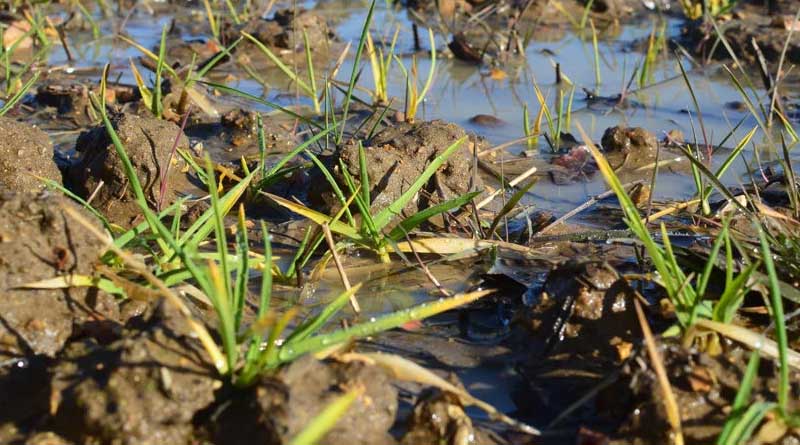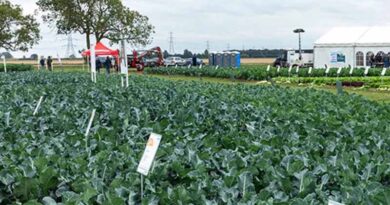Early PGR to promote root recovery
31 January 2024, UK: Extreme wet weather over recent weeks and months has had a disastrous effect on many winter crops. But even those that have struggled through waterlogged conditions will have been adversely affected by losses to root mass and soil structure – with impacts right through to harvest.
Early season PGR programmes have proven essential to promote recovery of rooting, to support growth and preventing lodging where stable soil anchorage has been affected. The greatest beneficial effects for root development from Moddus application come from the T0 treatments.
On-farm performance analysis of more than 580 YEN results have shown an overall average 0.5 t/ha yield improvement associated with T0 PGR application, compared to not using a PGR.
Furthermore, using trinexapac-ethyl in Moddus in the PGR programme with chlormequat (CCC) gave a 0.4 t/ha yield increase over CCC alone. The YEN analysis also revealed those farms that used a two-application PGR programme produced an average 1.2t/ha higher yield, compared to just one application.
Syngenta Technical Manager, Georgina Young, reported research results with Moddus had shown an average increase of 23% in root length density from the earliest treatments, compared to untreated.
“Crucially the root length density enhancement is greatest in the 20-40 cm depth of the soil profile that is essential for water and nutrient extraction,” she advised.
The root density increase from a Moddus treatment continued right down to greater depths of 100 cm, which could prove even more important this season, where nutrients have moved down through the soil profile in wet conditions, she added.
Further research has also shown that while the T0 application of Moddus is the most beneficial for root development and crop anchorage, its use in the T1 timing will also have significant effect on stem wall thickening to support higher yields and limit lodging.
It’s important to get early PGR applications working quickly, and studies have shown that Moddus is taken up into the plant three times faster than chlormequat in cooler conditions. With an application in early spring conditions of 7⁰C, for example, it took 40 hours longer for chlormequat to achieve the same 70% uptake into the leaf, compared to Moddus.
“The core advice this season is to apply an initial Moddus at a rate of 0.1-0.2 l/ha at T0 (from GS30) for root enhancement, followed by a second application at 0.1-0.2 l/ha + chlormequat at T1 (GS31-32),” advocated Georgina.
“Higher rates should be considered for varieties which have a characteristic weaker basal stem strength, or where conditions and crop potential require a greater response,” she added.
Georgina also pointed out that Moddus can be combined with Axial Pro herbicide, where growers are looking to target early grass weed control, especially after sub-optimal pre-emergence herbicide results in the autumn, as well as being a compatible tank mix at the T1 timing.
Also Read: Rallis India scales up supply chain effectiveness through digital platform ‘Plan Guru’
(For Latest Agriculture News & Updates, follow Krishak Jagat on Google News)















